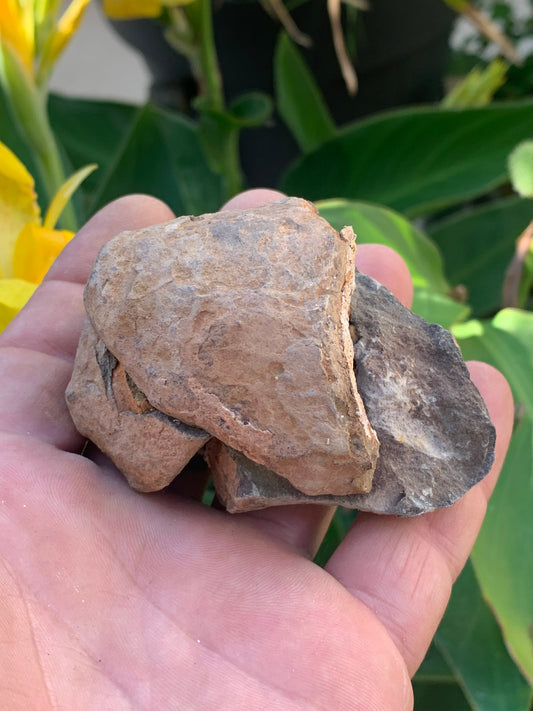-
Phacops trilobites, fossil in two halves, 76 mm x 55 x 42 mm - 161.5 grams. Perfect for collecting, displaying...
Regular price €11,50 EURRegular priceUnit price / per -
Phacops Trilobites, fossil in 2 halves of 60 mm x 58 x 40 - 121.7 grams. Perfect for collection, exhibition...
Regular price €13,50 EURRegular priceUnit price / per
📓Page Number⤴
- About this category ⤵
Collection: 🌍 Minerals: Fossils, Native Metals, Meteorites...
Fossils, native metals (silver, copper, gold, etc.) and meteorites are highly sought after by collectors and enthusiasts. Their vibrant colors, complex patterns, and unique shapes make them objects of fascination.
For centuries, meteorites, native metals, and fossils have been revered as sacred objects by various cultures and civilizations. Ammonites, nautiluses, turritellas, sea urchins… each fossil, each meteorite tells an ancient story.
Whether you are looking for a paleontology enthusiast, a mineralogy aficionado, or a curious amateur, delve into the history of our planet by acquiring quality pieces.
How does a fossil form?
Fossilization occurs through permineralization: the pores of the bone, for example, are filled with minerals (silica, calcite, pyrite…) or through total replacement: organic matter is entirely replaced by minerals.
- The minerals involved are often:
- Calcite (CaCO₃): common in marine or lacustrine environments.
- Silica (SiO₂): produces very hard fossils.
- Calcium phosphate: in fossils of bones or teeth (like apatite).
- Sometimes pyrite (FeS₂) in anoxic environments.
👁️ See the blog
🌍 'Minerals & Fossils' Menu:





